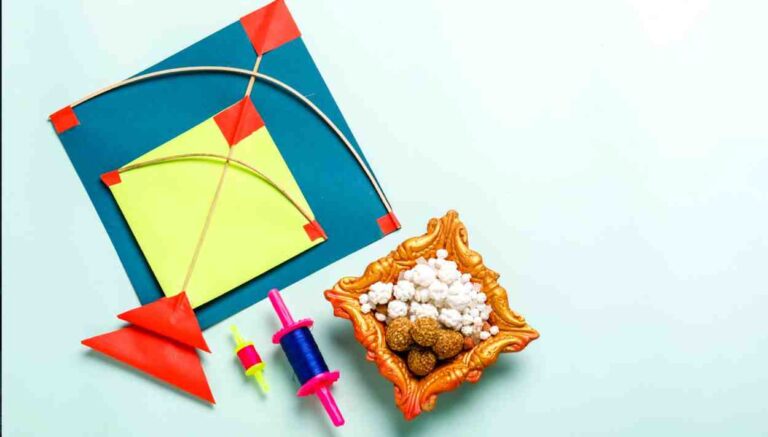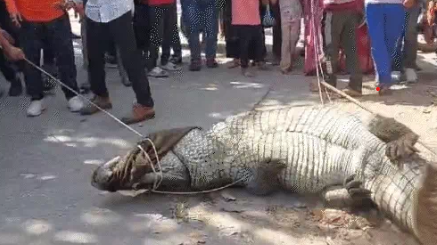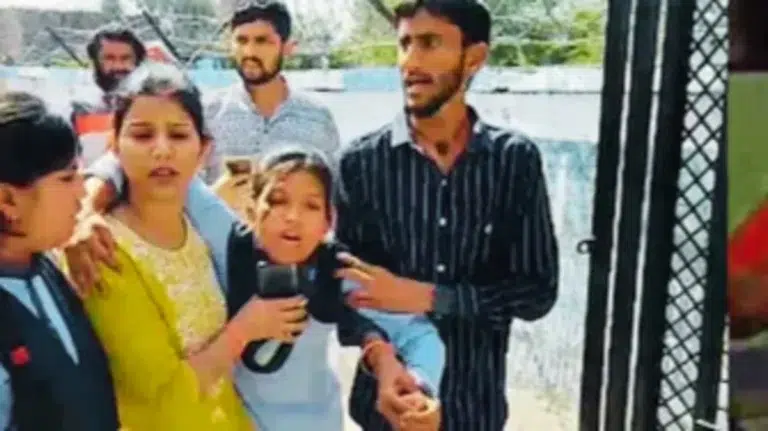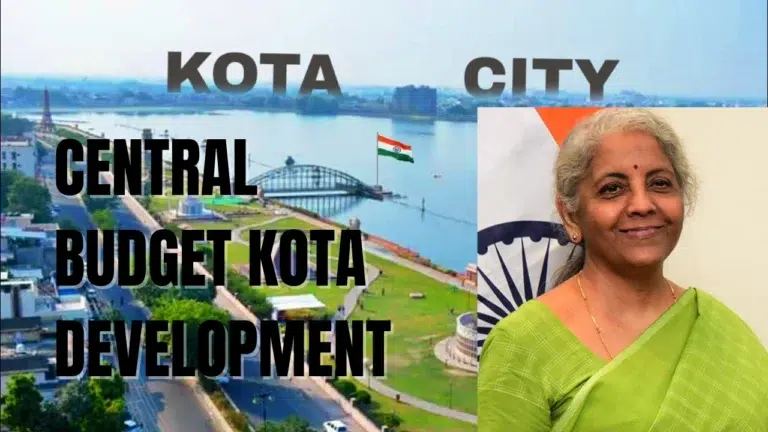New Delhi, January 12, 2025 – Makar Sankranti, one of India’s oldest festivals, will be celebrated on Tuesday, January 14 in 2025, as winter begins to lose its hold and spring arrives. The Sun’s movement into Capricorn (Makara) suggests the end of days of winter solstice and the start of lengthening days with sunshine. Since the festival is called Uttarayan in Gujarat, Pongal in Tamil Nadu, and Maghi in Punjab, translations cannot do full justice to this occasion that binds everyone together in celebrating life, nature, and the harvest throughout the nation.
Makar Sankranti 2025 Date and Time
Makar Sankranti will be celebrated on January 14, 2025, at 09:03 AM (IST), with a ceremony during the Sun’s entry into Capricorn. The time period, called the ‘Makar Sankranti Punya Kala’, lasts until 05:46 PM for performing the rituals and bathing in holy waters. Within this time, the ‘Maha Punya Kala’, which is known to be the best period in which to perform these acts, is from 09:03 AM to 10:48 AM. Such times are extremely significant for the devotees, who plan their day according to these hours for better spiritual rewards.
Makar Sankranti Significance
The festival is of immense cultural and religious importance. It is one of the few Hindu festivals that keep in line with the solar cycle and is celebrated on 14th or 15th January every year. Reasons behind its deep-rooted affection:
- Astrological Importance: The festival marks the day when the Sun enters the Northern Hemisphere; this transition is an auspicious moment for any new beginning- for beginning anything from ventures to marriages to other decisions of life.
- Harvest Celebration: For farmers in India, Makar Sankranti is the day to celebrate the winter harvest, offer thanksgiving for the bounty, and pray for prosperity in the next agricultural season-a celebration to thank Mother Nature for her innumerable gifts!
- Spiritual Cleansing: It is believed that bathing in the holy rivers like Ganges on this day absolves one from sins and uplifts their spiritual status. Due to Kumbh Mela coinciding with Makar Sankranti in Prayagraj this year, this belief is given much more credence as millions flock for the ritualistic dip at Triveni Sangam.
- Cultural Diversity: The festival quite poetically emphasizes India’s multiculturalism, with each region having its tradition. While, in Gujarat, the skies are flooded with colorful kites, symbolizing freedom and enjoyment; Tamil Nadu celebrates Pongal at the end of the winter cropping season, and in Maharashtra, people exchange til-gul laddoos, which signify sweet and smooth relations.
Rituals and Celebrations
- Kite flying perhaps is the most colorful visual representation of Makar Sankranti, especially in Gujarat, where the skies turn into a riot of color and creativity during the International Kite Festival.
- Sacred Bath: Many people then head to rivers for the ritualistic wash which is said to purify the soul. This occasion is celebrated in full grandeur at the Maha Kumbh Mela, wherein the confluence of the rivers Ganga, Yamuna, and the mythical Saraswati becomes a site for spiritual rejuvenation.
- Feasts and Sweetmeats: The festival would thus seem to be incomplete unless sweets and special dishes are prepared. From Pongal in Tamil Nadu to khichdi in Uttar Pradesh, each state has its own counterpart. Tamers of the sweet tooth would indulge in til and jaggery sweets, which symbolize life as sweet and relationships as sticky.
- Charity and Good Wishes: The aspect of giving is another important part of Makar Sankranti. Any charitable act, especially when directed toward the less fortunate, is deemed to be of extremely high merit on this day. Sharing food, sweets, clothes, or any other form of help is practiced widely.
2025’s Maha Kumbh Mela
Makar Sankranti will also be celebrated at the Maha Kumbh, one of the biggest peaceful gatherings on earth, held once every 12 years. This year, it is expected to be attended by more than 40 to 50 crore yatries, thus amplifying the spirit of celebration for Makar Sankranti. Logistically, the challenges are immense, but then even greater is the spirit. Throughout the Mela, several religious discourses, cultural programs, and the famous Shahi Snan (royal bath) by the sadhus will make it a sight to behold in all fervor and devotion, while upholding peace and harmony in a common endeavor.
Conclusion
Makar Sankranti 2025 not only signifies the arrival of spring and longer days but also brings several cultural festivities honoring life in all colors. It is a tribute to India’s agrarian legacy, the spirit of spirituality, and India’s unity in diversity. As we approach this festival, it is a moment when we can reflect upon the cycles of nature, the relevance of community, and the joy that comes from simple traditions passed on through generations. Kite-flying, taking a holy dip, or enjoying a bit of sunshine, Makar Sankranti welcomes all to the timeless celebrations.




